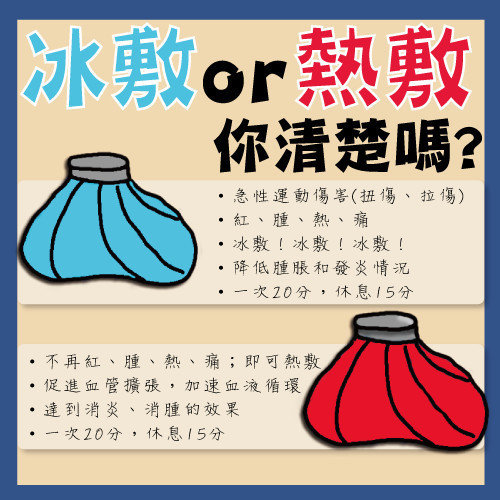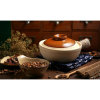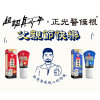Relieving Pain: Cold or Hot Compress? The Right Way to Find Relief!
In times of injury or fatigue, proper handling is crucial. But in such situations, what exactly does proper handling entail - is it applying cold compress first, or should one apply heat first? Let's find out together!

Conditions for Applying Cold and Hot Compresses
When you experience injuries like sprains, strains, or bruises, the affected area may exhibit signs of inflammation and heat. In such cases, noticeable redness, swelling, warmth, and pain are indicators to pay attention to. Cold compresses can alleviate pain by reducing the temperature of the injured area, decreasing local blood circulation, and lowering vascular permeability, making them highly effective for hemostasis and reducing swelling.
Conditions for Applying Hot Compresses
After the inflammatory condition has eased, you can consider using hot compresses. However, it's important to wait until the swelling has subsided or stopped before using hot compresses. If swelling persists, continue with cold compresses. Hot compresses are suitable for non-inflammatory fatigue-related soreness, such as lower back pain, neck and shoulder soreness, etc. They expand blood vessels, increase blood flow, and accelerate circulation, allowing the blood to carry away accumulated substances at the injured site.
Notes: Duration of Cold and Hot Compresses
Whether it's cold or hot compresses, timing is crucial. Do not exceed 20 minutes each time; remove the compress after a maximum of 20 minutes and rest for about 15 minutes. If the pain persists, you can apply another 20-minute session, followed by another 15-minute rest before repeating. Prolonged application may risk frostbite or burns to the skin tissues. Once the injured area improves and no longer exhibits redness, swelling, warmth, or pain, consider using alternating cold and hot methods to further alleviate discomfort.
Conclusion
Cold and hot compresses are therapeutic techniques tailored to different situations. Cold compresses are suitable for inflammatory conditions, providing pain relief and reducing swelling for hemostasis. Hot compresses are applicable after the inflammatory condition has eased and for fatigue-related soreness, promoting blood circulation. When using cold or hot compresses, pay attention to the timing to avoid skin damage. If the pain persists or is not relieved, seek medical assistance. Understanding the conditions for applying cold and hot compresses enables us to adopt the correct treatment approach to accelerate recovery when injured or fatigued.








